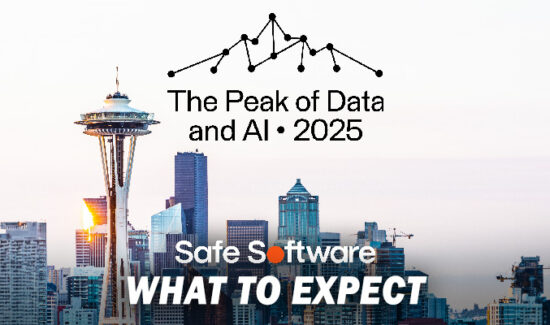Analyst Firm Lists Top Tools in DI, Big Data, Hadoop, ETL


Solutions Review is very interested in covering the quickly-evolving topic of Data Integration. However, we face a conundrum in trying to organize Big Data, which is, well, big. So, as with any overly complex problem, the first step is to break it down into its constituent parts. Data Integration tools include, of course, Big Data solutions, but also ETL, Hadoop, and many more. Over the last two years we have made sure to keep our Data Integration Buyers Guide up-to-date, giving you, the buyer, the best possible free resource on the web to assist you in your search for the right solution for your data-driven organization.
Within our downloadable PDF you’ll find a comprehensive industry overview, which covers the current state of the industry, best practices, and the top questions you should not only ask your IT department, but potential software vendors as well. In addition, the resource also includes complete vendor profiles of all of the top Data Integration vendors in the space, arming you with the knowledge you’ll need to begin searching for the tool that best fits your needs, saving you time, money, and quite frankly, the headache that can come along with searching for the right tool.
With that all said, we’d like to invite you to download a free copy of our 2015 Data Integration Buyers Guide, which highlights the top-24 vendors in the industry today:
In order to take advantage of Big Data, you have to be able to have access to all of that data, no matter its physical/virtual location and structure. Data federation, also called data virtualization technology or data federation services, offers a way to access information about your information, called metadata, across all parts of your organization, no matter how or where it’s stored. You can also set up a data federation solution to enable queries over multiple data sources, ensure data integrity, manage transactions and enable an integrated, real-time view of all data across the enterprise. This is done through mapping all data you want federated into a virtual database.
Accessing data doesn’t just mean having a unified view of it all, however. For practical purposes of crunching all that data, it needs to be in one place where your analytics program can reach it. That involves “moving” data (more like copying and pasting, actually) from one place to another, usually from storage systems into a data warehouse capable of analyzing it. Methods for doing that include processes called ETL (for Extract, Transform and Load) and data replication, the latter of which, while often used for tasks like disaster recovery and data migration, in relation to big data, offers a high performance data movement tool that should be able to quickly synchronize large quantities of information.
In order to conceptualize the ETL and data replication processes, people in the Data Integration space usually refer to where the data is stored at the start of the process as the source or sources, whereas where you want to move/copy the data to is the target or targets. ETL tools are your basic data movement tools, which extract all the data files selected from the source, transform them into a structure readable by the target and Business Intelligence applications on the target, and then load the transformed data into the target. ETL tools are good at moving large quantities of data all at once in what is called a batch.
For the purposes of keeping the topic of Data Integration as narrow as possible, we at Solutions Review are going to continue to limit the Data Integration site, Solutions Directory and Buyers Guide to just those three solutions types. This obviously ignores the physical databases and warehouses that store and process data, as well as the Business Intelligence platforms and applications needed to get value out of all that data, along with a whole host of other technologies that go into the big data environment. These will be topics we will revisit in other sections of our data suite over the coming months.
Widget not in any sidebars


















